“The Provincial Government of Biliran has officially declared a State of Calamity following the recent incident at Biliran Bridge, which has significantly impacted the local economy.”
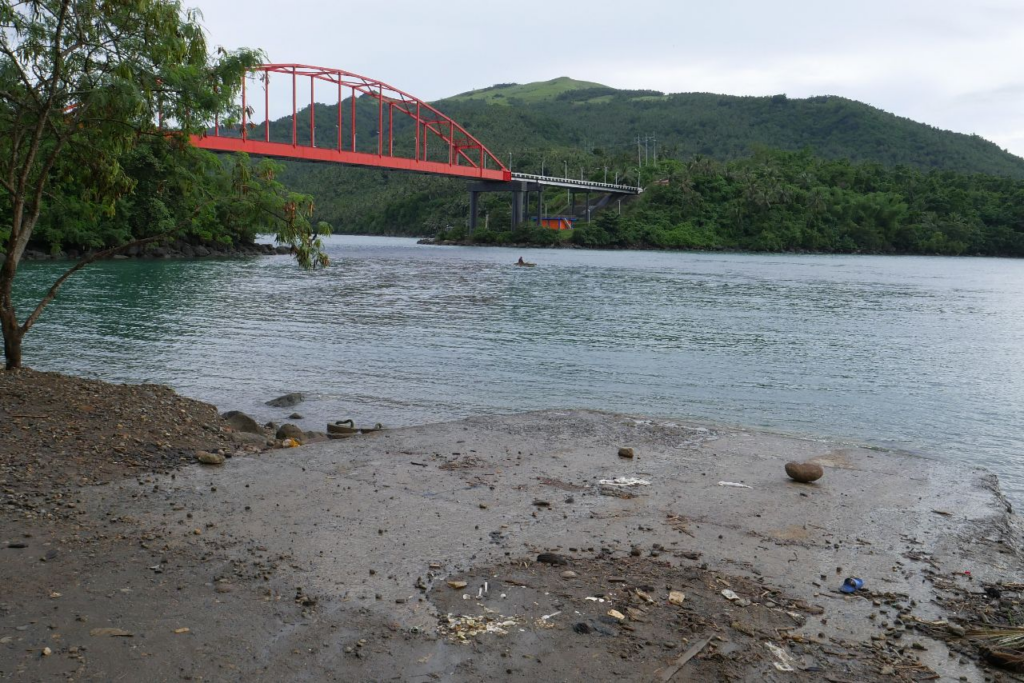
Days ago, a video circulated on the internet showing the infamous Biliran Bridge shaking and seemingly moving in a wave-like motion. In the usual viral fashion, netizens immediately weighed in on the issue, with some speculating that the materials used to build the bridge were of low quality, causing it to sway amid changing weather conditions. However, another video circulated, showing the bridge’s condition.
Withstanding Generations Since 1975
At almost 50 years old, the Biliran Bridge still stands and continues to be one of the main connections between the Province of Biliran and mainland Leyte. It serves as a vital route for transporting goods and services. Therefore, the recent protocol mandated by the local governing unit (LGU) has immediately impacted the region’s economy.

The Case of the Swaying Bridge
On Christmas Day, the LGU conducted a review and assessment to check and verify the bridge’s structural integrity. Their findings indicated that the structural integrity may have been compromised due to natural wear and tear, such as corrosion related to seawater exposure and the heavy loads the bridge has supported over the years.
To avoid further issues and potential accidents, the LGU mandated a protocol that involves using barges for cargo trucks carrying heavy loads, repairing areas of the bridge that need attention, such as the steel cross bracing, loose nuts and bolts, and bridge stringers, and regulating the number of light vehicles passing over the bridge to one at a time.
The effect of these restrictions has included delays and disruptions in deliveries, which in turn have affected the local economy and raised the risk of inflation within the impacted provinces. Consequently, the province declared a “State of Calamity” based on the recommendation of the Provincial Disaster Risk Reduction and Management Council.
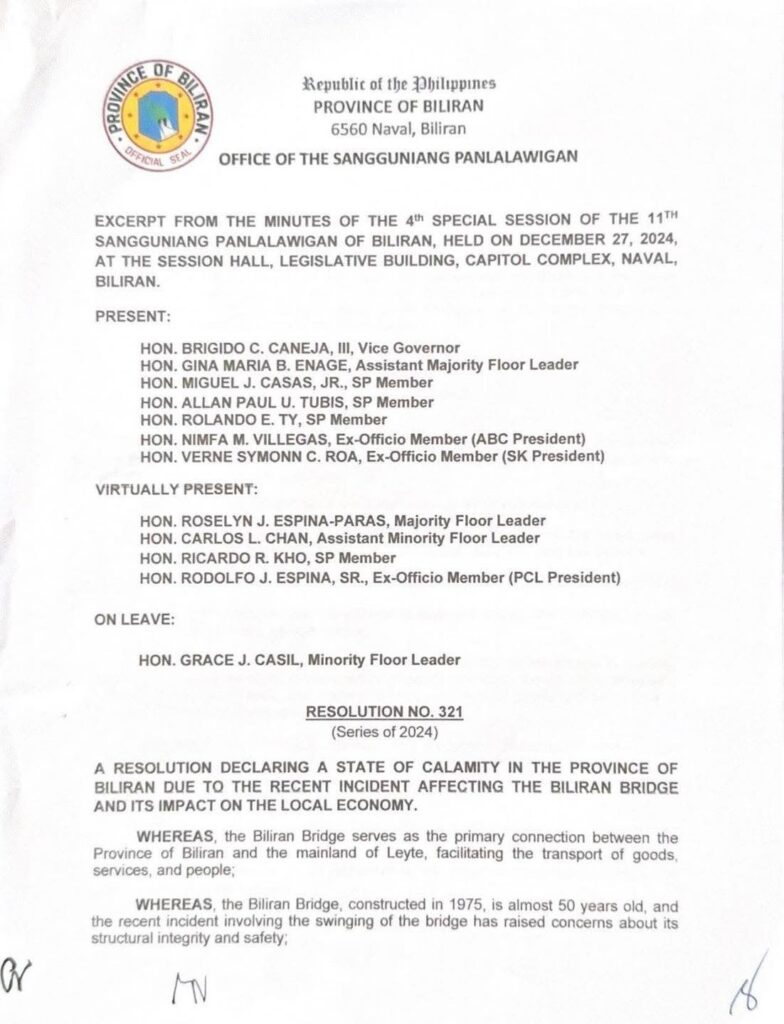
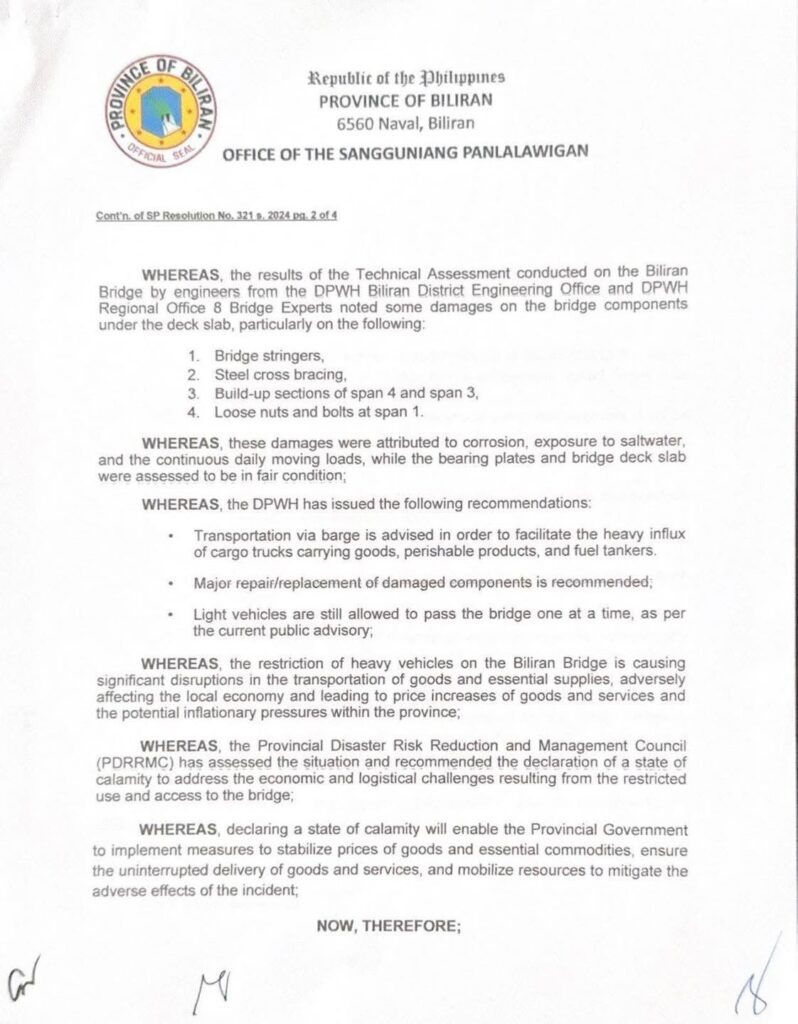
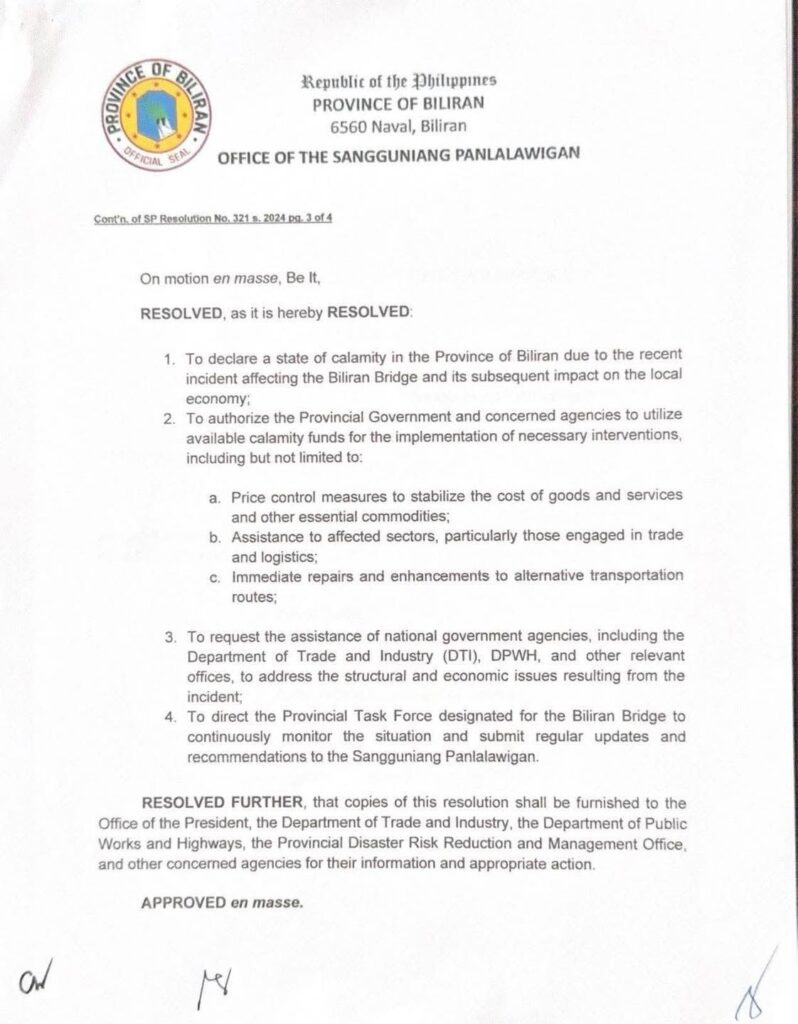
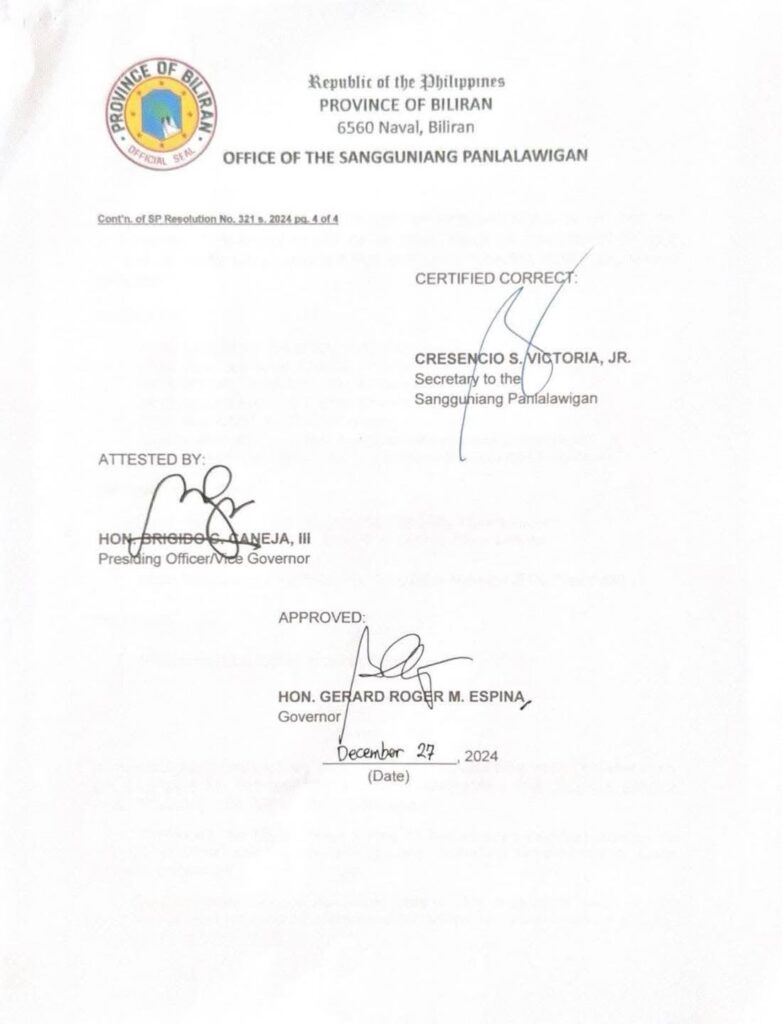
What Happens Now?
Under the State of Calamity, the province can implement measures to regulate the prices of goods and services, especially essential commodities, to mitigate inflation. Additionally, the province can utilize its calamity funds to support the livelihoods of the affected population and address necessary concerns, including the repair of the bridge and the deployment of additional assistance for trade and logistics, among other actions.


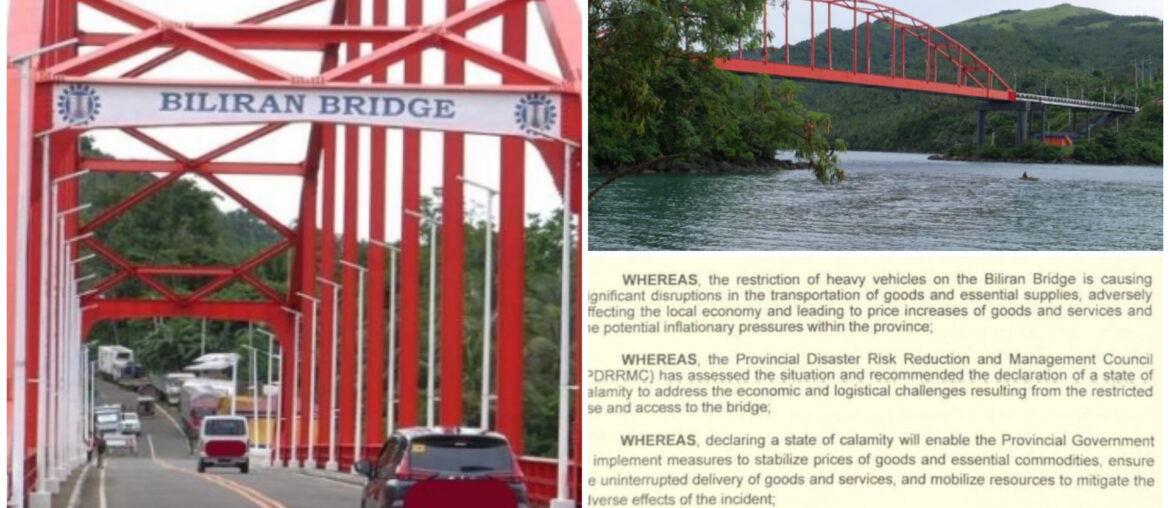
Comments are closed.